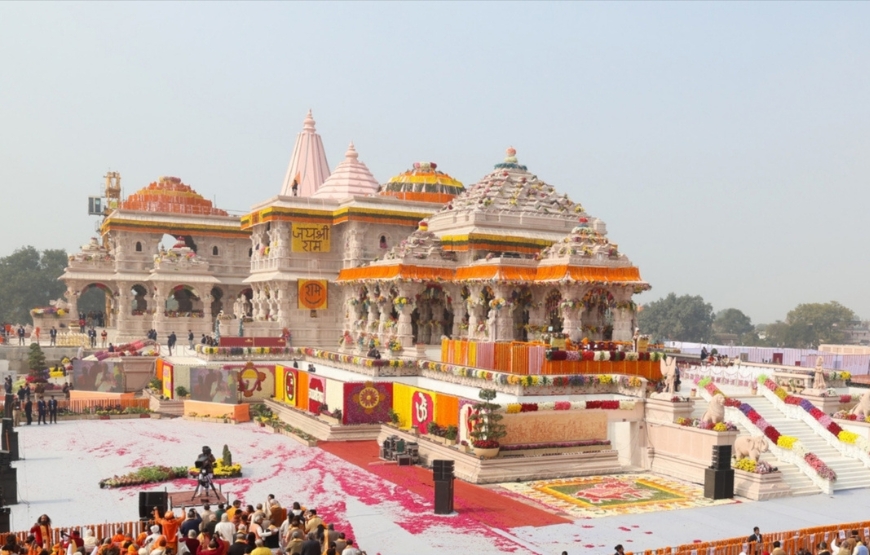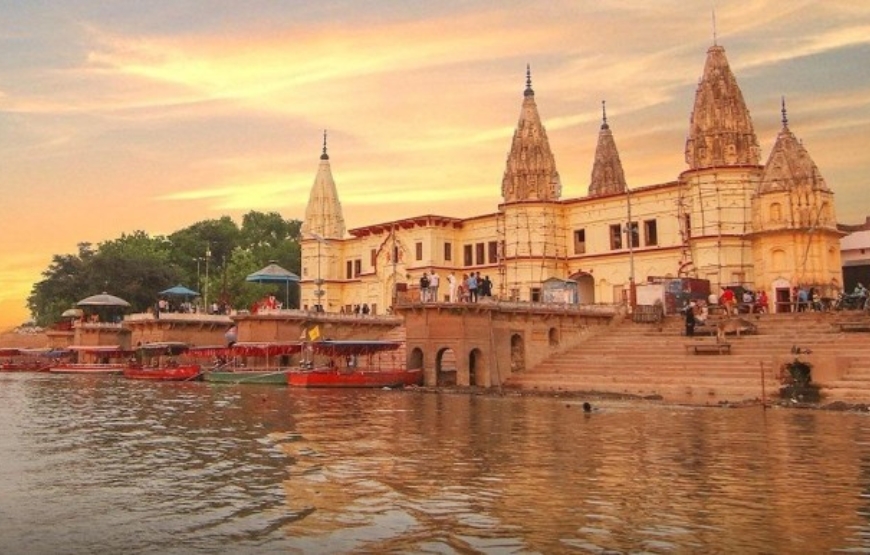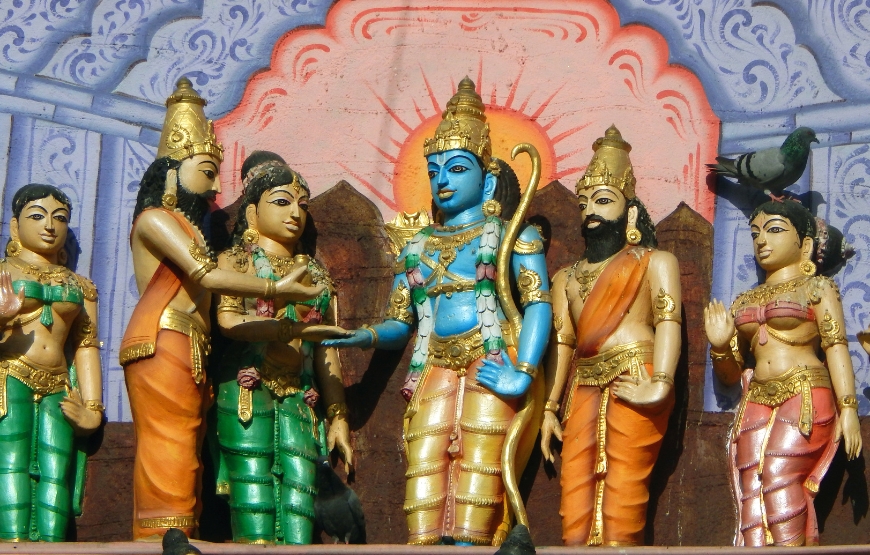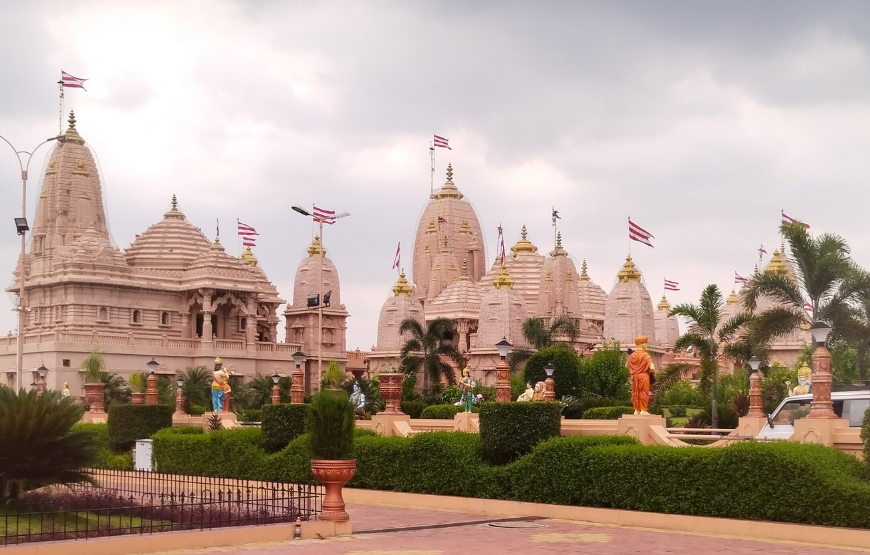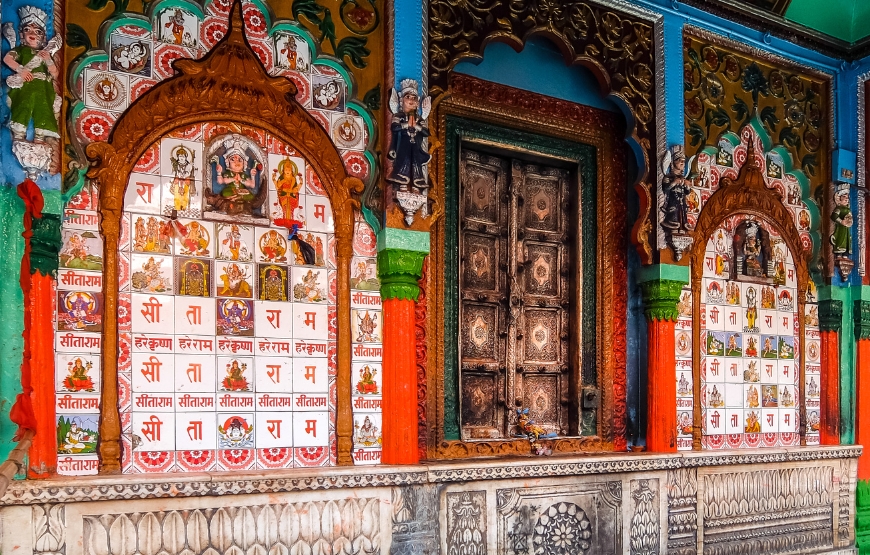Ayodhya, located in the northern Indian state of Uttar Pradesh, holds immense religious and historical significance. Revered by Hindus as the birthplace of Lord Rama, Ayodhya is steeped in mythology and spirituality. Here’s a description of this sacred travel destination:
Spiritual Significance:
Ayodhya is considered one of the seven sacred cities in Hinduism, often referred to as “Sapta Puri.” It is believed to be the birthplace of Lord Rama, the seventh avatar of the Hindu god Vishnu. The city is mentioned in ancient Hindu scriptures like the Ramayana, which narrates the life and adventures of Lord Rama.
Ram Janmabhoomi:
The highlight of Ayodhya is the Ram Janmabhoomi, the site believed to be the birthplace of Lord Rama. This area has been the center of much controversy and historical significance due to the presence of the Babri Masjid, a mosque that was built in the 16th century by Mughal emperor Babur on the same site where Hindus believe Lord Rama was born. The disputed site underwent a long-standing legal battle, and eventually, the Babri Masjid was demolished in 1992, leading to widespread communal tensions. The Ram Janmabhoomi temple is now being constructed at the site following a Supreme Court verdict.
Temples and Pilgrimage:
Apart from the Ram Janmabhoomi, Ayodhya is dotted with numerous temples and shrines dedicated to Lord Rama, his wife Sita, his loyal devotee Hanuman, and other gods and goddesses from Hindu mythology. The Hanuman Garhi temple, Kanak Bhawan, Nageshwarnath Temple, and Treta Ke Thakur are among the prominent ones. Pilgrims flock to Ayodhya throughout the year, especially during festivals like Diwali and Ram Navami, to seek blessings and immerse themselves in the divine atmosphere.
Historical Attractions:
Ayodhya is not just a religious destination but also boasts a rich historical heritage. Visitors can explore sites like the Ayodhya Research Institute, which preserves artifacts and relics related to the city’s ancient history. The Guptar Ghat, where Lord Rama is believed to have taken a holy dip in the Sarayu River, and the nearby Ramkot Fort are also significant historical landmarks.
Cultural Experience:
A visit to Ayodhya offers travelers a glimpse into the vibrant culture and traditions of India. The city’s streets are lined with bustling markets selling religious items, souvenirs, and street food. Visitors can savor local delicacies like “laddoos” and “pedas” while soaking in the spiritual ambiance.
Conclusion:
Ayodhya is not merely a destination; it’s a pilgrimage for millions of devout Hindus worldwide. Its blend of spirituality, history, and culture makes it a compelling place to visit for those seeking a deeper connection with Hinduism and an appreciation for India’s diverse heritage.

